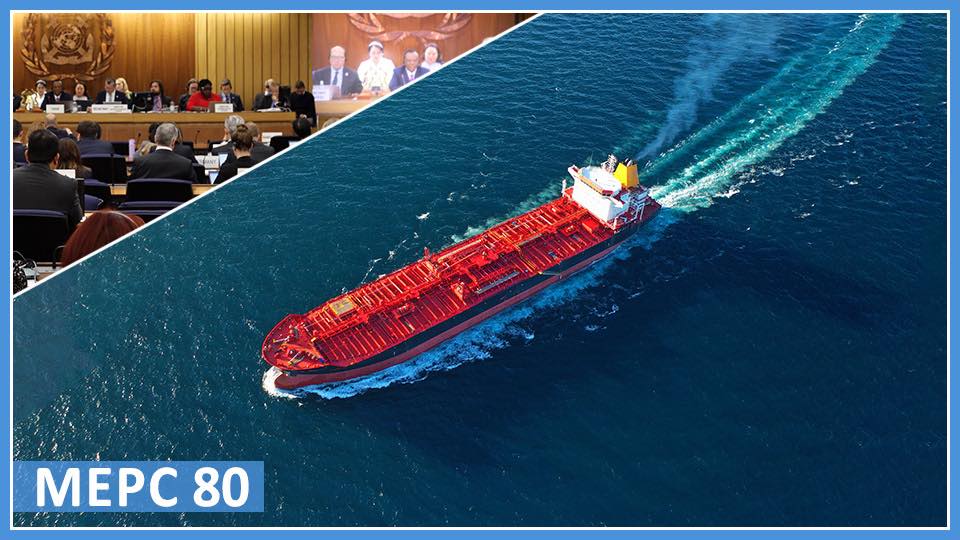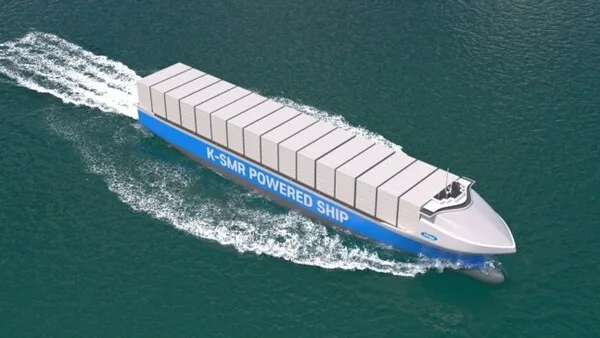19 April 2024
Compressed hydrogen carrier – First design approval

Provaris Energy, former Global Energy Ventures (GEV), has obtained design approval from the classification society American Bureau of Shipping (ABS) for its compressed hydrogen carrier H2Neo.
Concept
ABS has reviewed, verified, and approved the design of Provaris’ 26,000 m3 H2Neo compressed hydrogen carrier. Note that, the vessel will act as the first of its kind to receive this level of approval.
Described as the critical milestone, the approval follows the completion of Front-End Engineering Design (FEED) work. Hence, this confirms that the H2Neo carrier can now incorporate Provaris’ multi-layered hydrogen tank.
Having obtained the design approval, the company will move on to the next phase. This includes constructing and testing a prototype hydrogen tank and preparing for ship construction with the selected shipyards. Respectfully, the company has appointed ship broker Clarksons to undertake a shipyard selection and tender process in early 2023.
Views
“Through our close collaboration with ABS throughout this three-year process, we are confident that our compressed hydrogen carriers can safely and effectively establish the maritime transportation of hydrogen at a time when storage and transport remain key to unlocking markets with ambitions for hydrogen imports at scale from 2026.”
Per Roed, Chief Technical Executive Officer, Provaris
“ABS recognizes the potential that hydrogen shows in supporting a sustainable, lower carbon future. Safe and efficient storage and transportation of hydrogen at sea will be critical to the development and viability of the global hydrogen value chain. We have been working closely with Provaris, initially granting AIP in 2021 and subsequently reviewing their comprehensive FEED-level package for the H2Neo.”
Patrick Ryan, ABS’ Senior Vice President – Global Engineering and Technology
Hydrogen Tanks
In October 2020, Provaris launched a program to develop a compressed hydrogen carrier. In this regard, ABS awarded Provaris with an approval in principle (AiP) in 2021. Particularly, for two classes of green compressed hydrogen carriers, namely the H2Neo (26,000 m3 ) and the H2Max (120,000 m3 capacity).
The two large-diameter cylindrical tanks characterize the H2Neo design. Specifically, one in each of the port and starboard cargo holds with a maximum allowable operating pressure (MAOP) of 250 bar.

To avoid boil-off / cargo losses and to avoid the need for insulation and energy-intensive cooling during the voyage, the hydrogen remains at ambient conditions during sailing. At these conditions, the design pressure rating of the cargo containment system is 250 bar, as determined.
The advantage of the patented design – integrating a relatively thick steel layered tank (for 250 bar) into the hull of a conventional ship-sized hull with low operating drafts.
The tanks design avoids sudden ruptures and release of catastrophic amount of energy. This is achieved by a cargo tank construction that consists of layers of steel, nested together, including a stainless-steel inner layer to protect the high-strength carbon steel from hydrogen embrittlement. This nesting ensures that sudden through-wall cracks are impossible. Moreover, layered tank construction benefits the construction methodology of the cargo tanks.
Additional safety measures are applied through continuous monitoring of the cargo tanks integrity. By using components and software that are proven, and readily available, in the market, Provaris has developed a monitoring system that will be installed on the outermost layer of the cargo tanks.
Development
According to Provaris, the H2Neo aligns with regional volumes of hydrogen supply to be available from 2026. Moreover, the H2Max, targeted for 2030, can support a single export project with a significant capacity of 950,000 tonnes pa.

Note that, the company is also now extending the compressed hydrogen ship designs to develop floating storage barge solutions to store similar volumes.
Source: PROVARIS
See Also

A potential loophole in the EU ETS
A new CII revision in order to set up a functioning framework is a matter of urgency for the shipping industry following the first year of recorded data.


